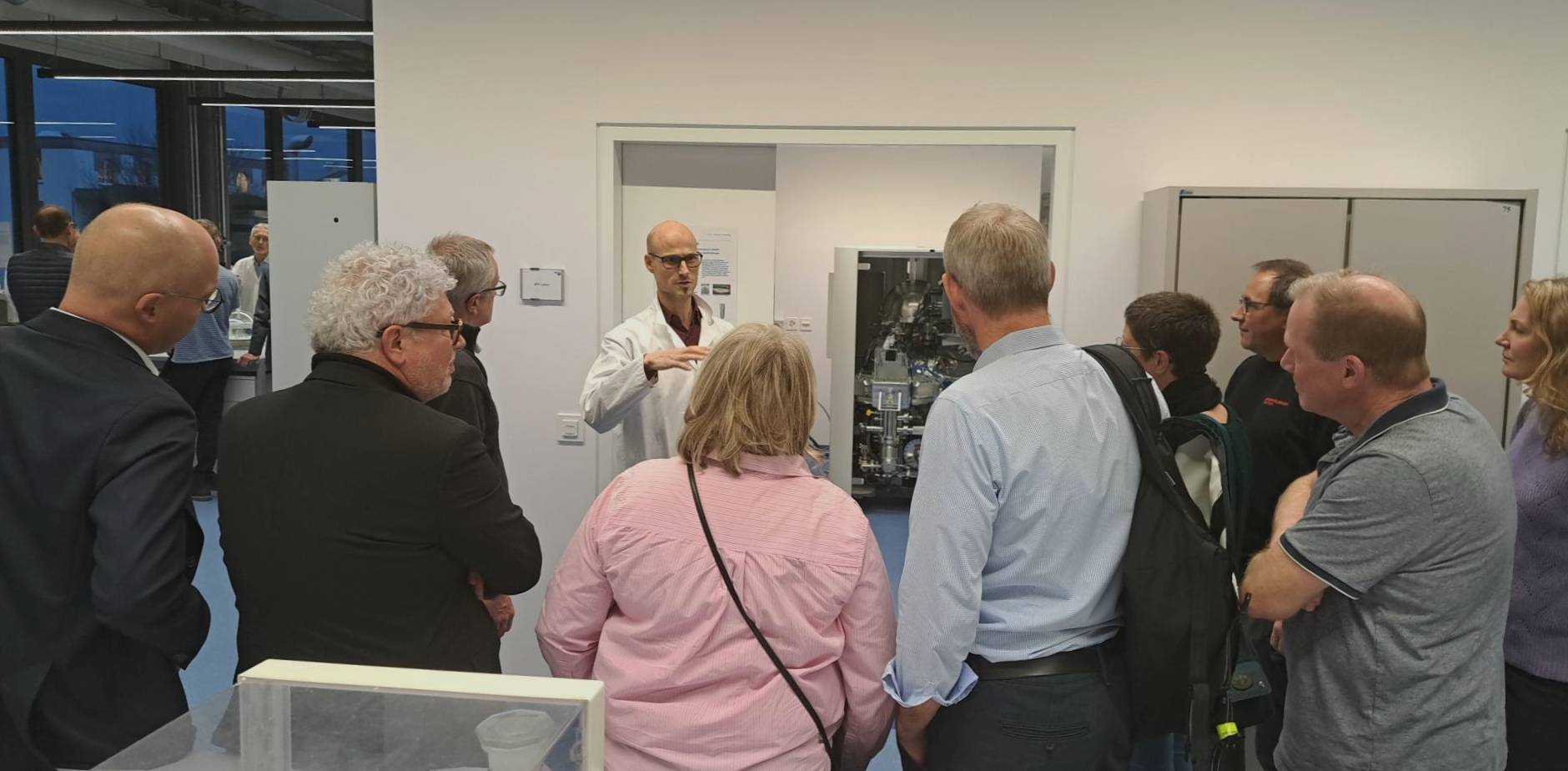RMS Foundation
Robert Mathys-Strasse 1
2544 Bettlach
Switzerland
Phone +41 32 644 2000
Use of mobile measurement technology, often in combination with other test methods, for example to measure additional forces, torques or distances. Over 15 different sensors and various hardware are available for measurement- and charge-amplification. Optical measurement methods, such as 3D deformation analysis (DIC, Digital Image Correlation), can also be combined with static or dynamic testing machines.
Whenever possible, we carry out our testing services in accordance with or based on international standards. With the method described here, however, a solution tailored to specific customer requirements is usually implemented.
We use customized measurement technology for a variety of mechanical testing tasks, for example:
The maximum number of sensors that can be used simultaneously is currently eight. However, the number can also be lower depending on the measurement frequency or other factors.
Surfaces at an angle to the sensor have a certain potential for incomplete data recording. We usually use adapters that are as small as possible, which we stick onto the test specimen to overcome this challenge easily and cost-effectively.
In principle, testing tasks can also be validated when using mobile measurement technology. In most cases, however, the effort involved is high, so that validation is not carried out. Nevertheless, the sensors are calibrated either according to DaKKs or according to the manufacturer's factory standard.
Stefan Jakobs
Team Leader Bio- & Structural Mechanics
+41 32 644 2033
Since 1995, the services of our materials testing laboratory have been accredited according to ISO/IEC 17025. Our QM system is ISO 9001 certified.
Here you will find our latest blog posts.

RMS Foundation
Robert Mathys-Strasse 1
2544 Bettlach
Switzerland
Phone +41 32 644 2000
E-Mail
The RMS Foundation will be closed from 24 December 2025 through 2 January 2026. We will be pleased to assist you again from Monday, 5 January 2026.
Subscribe to our Info-letter, and we will inform you about 10 times a year about current developments in the fields of material testing, research, and knowledge transfer.